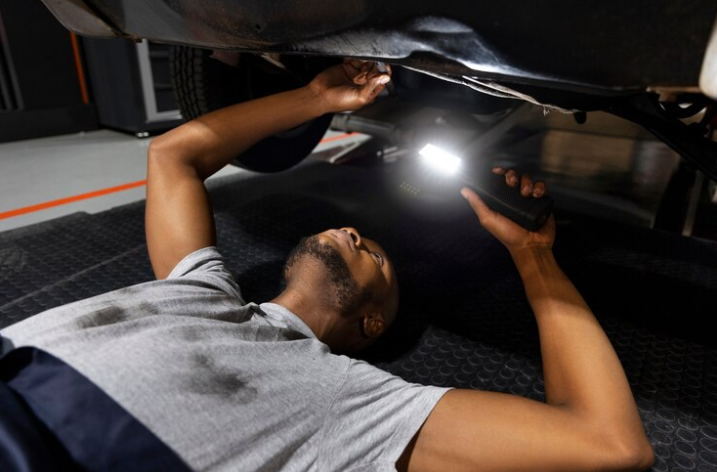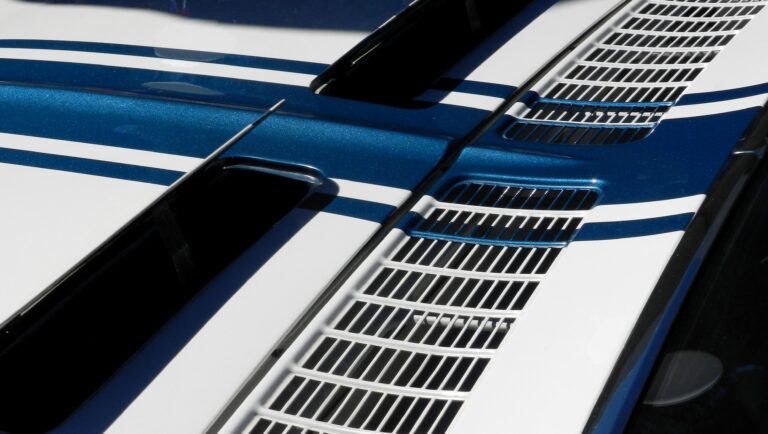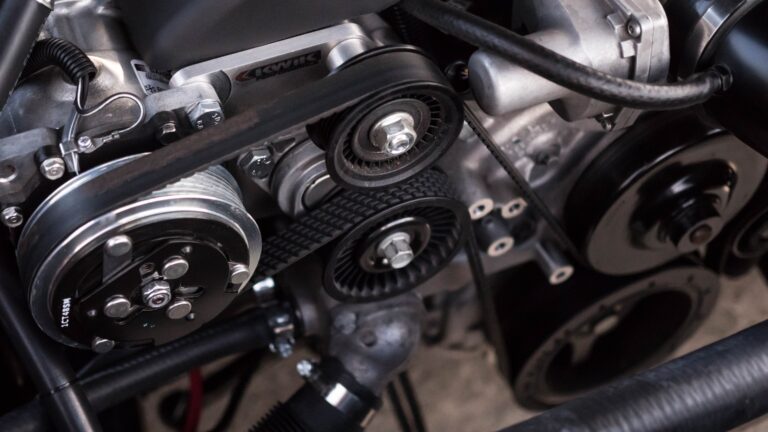Welcome to our in-depth guide on troubleshooting the ABS traction and brake light issue in your vehicle. If you’ve ever experienced the frustration of these warning lights suddenly illuminating on your dashboard, you’re not alone. In this article, we will delve into the possible reasons behind these warning lights, provide practical solutions, and offer expert insights to help you regain control of your vehicle safely.
ABS Traction and Brake Light On: Unraveling the Mystery
In this section, we’ll explore the fundamental issue: the ABS traction and brake light being illuminated on your dashboard. Understanding the problem is the first step towards finding a solution.

What Does It Mean When the ABS Traction and Brake Light Is On?
When your ABS (Anti-lock Braking System) traction and brake light comes on, it’s a sign that something is amiss with your vehicle’s braking system. These lights serve as warning indicators, signaling potential problems that need immediate attention.
Common Causes
Let’s delve into the most common culprits behind the illuminated ABS traction and brake light.
- Faulty ABS Sensor: A malfunctioning ABS sensor is a frequent cause. These sensors monitor wheel speed, and if one fails, it can trigger the warning lights.
- Low Brake Fluid: Insufficient brake fluid can lead to reduced brake performance, causing the ABS system to engage and illuminate the lights.
- Worn Brake Pads: Over time, brake pads wear down, affecting braking efficiency and potentially causing the lights to come on.
- Broken Wheel Speed Sensor Ring: Damage to the toothed ring on the wheel hub can disrupt sensor readings and activate the warning lights.
- Electrical Issues: Wiring problems or a faulty control module can also lead to the ABS traction and brake lights staying on.
Diagnosing the Issue
Now that we’ve identified potential causes, let’s move on to diagnosing the problem accurately.
Step-by-Step Diagnosis
To determine the exact issue, follow these steps:
- Check Brake Fluid Level: Inspect the brake fluid reservoir. If it’s below the recommended level, top it up and see if the lights turn off.
- Inspect ABS Sensors: Visually examine the ABS sensors and their wiring for damage. Replace any damaged components.
- Scan for Error Codes: Use an OBD-II scanner to retrieve error codes from your vehicle’s computer. These codes can provide valuable insights into the problem.

DIY Solutions
In this section, we’ll explore some DIY solutions to resolve the ABS traction and brake light issue.
DIY Brake Fluid Top-Up
If low brake fluid is the culprit, you can easily remedy this by following these steps:
- Locate the brake fluid reservoir under the hood.
- Remove the cap and carefully add the recommended brake fluid until it reaches the “Max” level.
- Replace the cap securely and start the engine. Check if the lights have turned off.
Cleaning ABS Sensors
Cleaning the ABS sensors can sometimes resolve sensor-related issues:
- Lift your vehicle and remove the wheel where the sensor is located.
- Locate the ABS sensor on the wheel hub and carefully clean it using a soft brush.
- Reassemble everything and check if the lights have disappeared.

Expert Tips
Our experts have shared some additional insights to help you address the ABS traction and brake light problem effectively.
Regular Maintenance
Preventive maintenance is key. Regularly check your vehicle’s brake fluid level, brake pads, and ABS sensors to catch issues early.
Professional Assistance
If you’re unable to diagnose or resolve the issue on your own, don’t hesitate to seek professional assistance. Certified mechanics have the expertise and equipment to pinpoint and repair complex problems.
FAQs
Q: Can I continue driving with the ABS traction and brake lights on?
A: It’s not advisable. These lights indicate a potential issue with your braking system, which could compromise your safety. Get it checked as soon as possible.
Q: Are there any quick fixes to turn off the lights temporarily?
A: While topping up brake fluid or cleaning ABS sensors might help temporarily, it’s essential to address the root cause for a permanent solution.
Q: How much does it cost to repair the ABS system?
A: The cost varies depending on the specific issue. Minor repairs like sensor replacement can be relatively affordable, while major problems may be costly.
Q: Can I reset the ABS warning lights myself?
A: Resetting the lights may not resolve the underlying issue. It’s best to diagnose and fix the problem first.
Q: Are ABS traction and brake lights the same?
A: No, they serve different purposes. The ABS light indicates an issue with the ABS system, while the brake light can signal various brake-related problems.
Q: Will driving with these lights on damage my vehicle?
A: Continuing to drive with these lights on may lead to further damage to your vehicle’s braking system, so it’s crucial to address the issue promptly.
Conclusion
In this comprehensive guide, we’ve explored the ABS traction and brake light issue, its common causes, diagnosis steps, and possible DIY solutions. Remember that safety should always be your top priority when dealing with brake-related problems. If you’re uncertain or the issue persists, seek professional help promptly to ensure your vehicle’s safety and your peace of mind.






